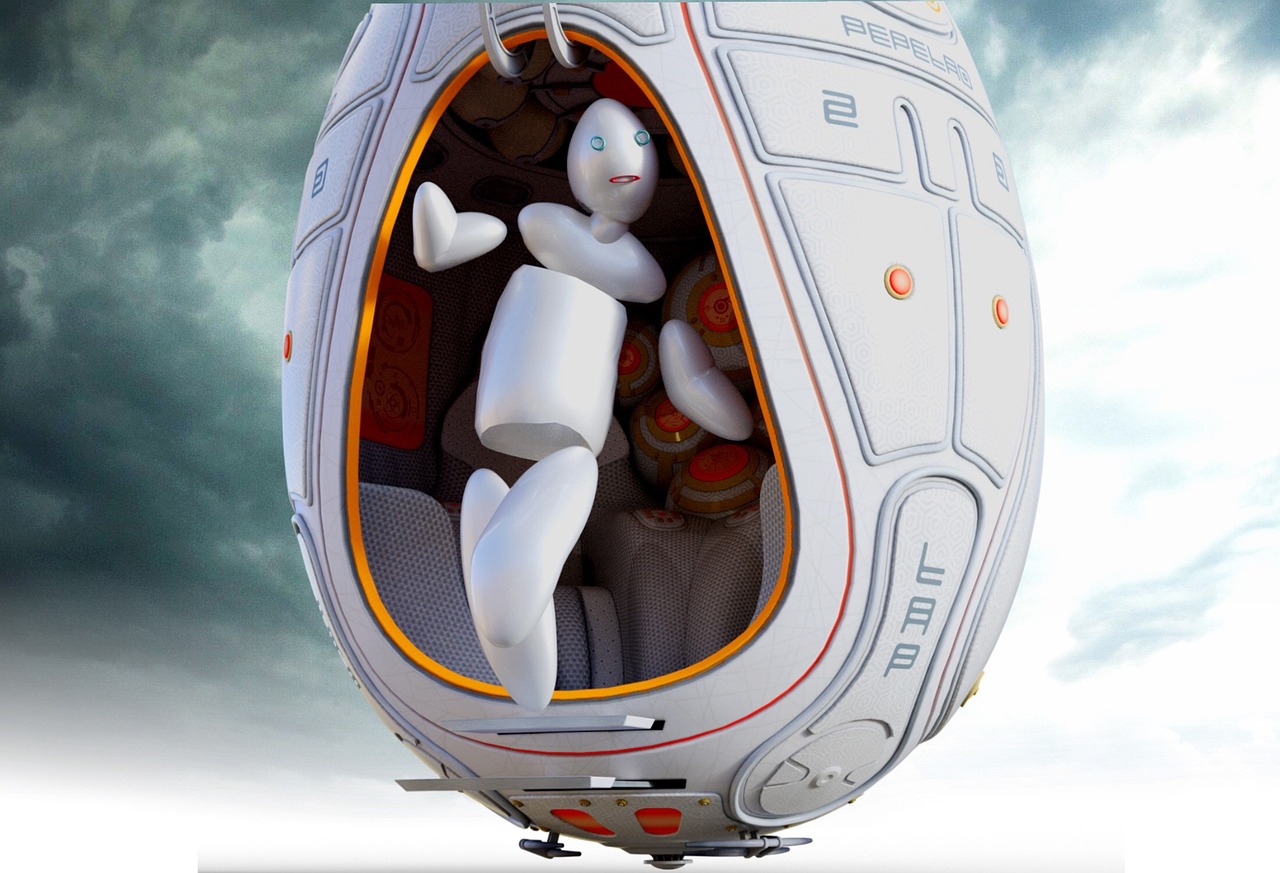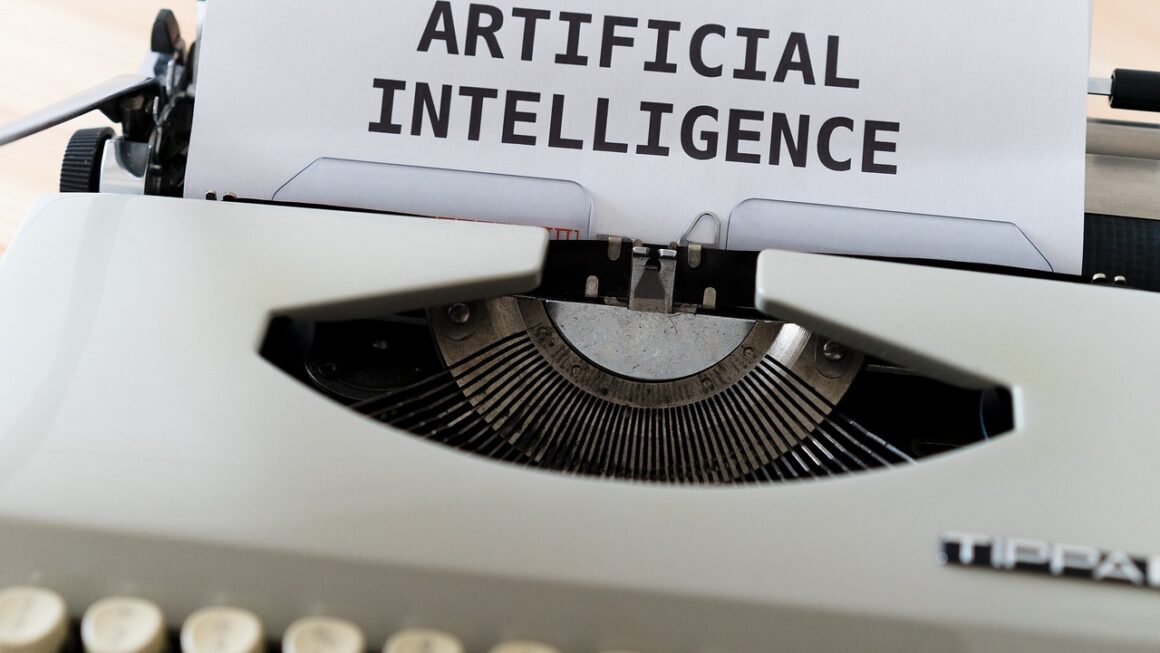The transportation sector is undergoing a profound transformation, driven by the relentless advancements in Artificial Intelligence (AI). From self-driving cars to optimized logistics and intelligent traffic management, AI is reshaping how we move people and goods. This article explores the myriad applications of AI in transportation, highlighting its benefits, challenges, and future potential.
AI-Powered Autonomous Vehicles
The Rise of Self-Driving Cars
Autonomous vehicles, or self-driving cars, are perhaps the most visible application of AI in transportation. These vehicles utilize a combination of sensors, cameras, and sophisticated algorithms to perceive their environment and navigate roads without human intervention. AI plays a crucial role in:
- Object detection: Identifying pedestrians, other vehicles, traffic signs, and obstacles.
- Path planning: Determining the optimal route and making real-time adjustments based on changing conditions.
- Decision-making: Executing maneuvers such as lane changes, turns, and braking.
Companies like Tesla, Waymo, and Cruise are leading the charge in developing autonomous vehicle technology. They are constantly refining their AI models through extensive testing and data collection.
Benefits of Autonomous Vehicles
The potential benefits of autonomous vehicles are substantial, including:
- Increased safety: Reducing accidents caused by human error, which accounts for a large percentage of road accidents.
- Improved efficiency: Optimizing traffic flow, reducing congestion, and lowering fuel consumption.
- Enhanced accessibility: Providing mobility solutions for the elderly, disabled, and those who cannot drive.
- Reduced parking demand: Enabling vehicles to drop off passengers and park themselves in remote locations.
For example, imagine a future where ride-sharing services are fully autonomous, providing affordable and accessible transportation to everyone, regardless of their location or physical capabilities. This vision is becoming increasingly plausible as AI technology continues to mature.
Challenges and Considerations
Despite the promising potential, there are still significant challenges to overcome before widespread adoption of autonomous vehicles:
- Ethical dilemmas: Programming AI to make decisions in unavoidable accident scenarios.
- Regulatory frameworks: Developing clear and consistent regulations for the operation of autonomous vehicles.
- Cybersecurity risks: Protecting vehicles from hacking and malicious attacks.
- Public acceptance: Building trust and confidence in the safety and reliability of autonomous technology.
- Job displacement: Addressing the potential impact on professional drivers.
Addressing these challenges requires collaboration between governments, industry stakeholders, and the public to ensure a safe, ethical, and equitable transition to an autonomous future.
Intelligent Traffic Management Systems
Optimizing Traffic Flow with AI
AI is revolutionizing traffic management by enabling cities to optimize traffic flow in real-time. Intelligent Traffic Management Systems (ITMS) utilize AI algorithms to analyze data from various sources, including:
- Traffic cameras: Monitoring traffic density and identifying bottlenecks.
- Sensors: Detecting vehicle speeds and distances.
- GPS data: Tracking vehicle locations and movement patterns.
- Weather forecasts: Adjusting traffic signals based on weather conditions.
Based on this data, AI algorithms can dynamically adjust traffic signal timings, reroute traffic around accidents, and provide real-time traffic information to drivers.
Benefits of Intelligent Traffic Management
The benefits of ITMS are numerous and include:
- Reduced congestion: Minimizing traffic jams and delays.
- Improved air quality: Lowering emissions by reducing idling time.
- Enhanced safety: Preventing accidents by optimizing traffic flow and providing real-time alerts.
- Increased efficiency: Optimizing resource utilization and reducing transportation costs.
For instance, cities like Los Angeles and Pittsburgh have implemented AI-powered traffic management systems that have demonstrably reduced travel times and improved traffic flow during peak hours.
Future Trends in Traffic Management
Looking ahead, future trends in traffic management include:
- Predictive traffic modeling: Using AI to forecast traffic patterns and proactively address potential bottlenecks.
- Autonomous traffic control: Implementing AI-powered systems that can autonomously manage traffic flow without human intervention.
- Integration with connected vehicles: Communicating directly with vehicles to provide real-time traffic information and optimize routing.
These advancements promise to create even more efficient and sustainable transportation systems in the years to come.
AI in Logistics and Supply Chain Management
Streamlining Operations with AI
AI is transforming logistics and supply chain management by automating tasks, optimizing routes, and improving efficiency. AI-powered systems can:
- Predict demand: Forecasting future demand based on historical data and market trends.
- Optimize routes: Determining the most efficient routes for delivery vehicles, considering factors such as traffic, weather, and delivery time windows.
- Manage inventory: Optimizing inventory levels to minimize storage costs and prevent stockouts.
- Automate warehouse operations: Using robots and AI-powered systems to automate tasks such as picking, packing, and sorting.
Examples of AI Applications in Logistics
Here are some specific examples of how AI is being used in logistics:
- Amazon: Uses AI to optimize its delivery routes, manage its vast network of warehouses, and personalize recommendations for customers.
- UPS: Employs AI to predict maintenance needs for its vehicles, optimize delivery routes, and improve customer service.
- DHL: Uses AI-powered robots to automate tasks in its warehouses, improving efficiency and reducing costs.
These companies are leveraging AI to gain a competitive advantage in the increasingly complex and demanding world of logistics.
Benefits for Businesses
The benefits of AI in logistics and supply chain management are substantial for businesses of all sizes:
- Reduced costs: Optimizing routes, managing inventory, and automating tasks can significantly reduce operational costs.
- Improved efficiency: AI can streamline operations and improve efficiency across the supply chain.
- Enhanced customer service: AI can enable businesses to provide faster and more reliable delivery services.
- Increased resilience: AI can help businesses to better manage disruptions in the supply chain, such as natural disasters or economic downturns.
By embracing AI, businesses can create more resilient, efficient, and customer-centric supply chains.
AI-Driven Public Transportation
Enhancing Public Transit with AI
AI is playing an increasingly important role in enhancing public transportation systems. AI-powered solutions can:
- Optimize bus and train schedules: Adjusting schedules in real-time based on passenger demand and traffic conditions.
- Predict maintenance needs: Predicting when buses and trains will require maintenance to prevent breakdowns and disruptions.
- Improve passenger safety: Monitoring surveillance footage to detect potential security threats.
- Personalize the passenger experience: Providing personalized recommendations for routes and travel times.
Real-World Applications
Here are some examples of AI applications in public transportation:
- Citymapper: Uses AI to provide real-time information on public transportation routes and schedules in cities around the world.
- Transit agencies: Implementing AI-powered systems to optimize bus and train schedules, predict maintenance needs, and improve passenger safety.
- Smart transit cards: Utilizing AI to personalize the passenger experience and provide targeted promotions.
These innovations are making public transportation more efficient, reliable, and convenient for passengers.
The Future of Public Transit
The future of public transit will be increasingly driven by AI, with innovations such as:
- Autonomous buses and trains: Deploying self-driving vehicles on public transit routes.
- Demand-responsive transit: Providing on-demand transportation services that adapt to passenger needs.
- Integrated mobility platforms: Combining public and private transportation options into a single, seamless experience.
These advancements promise to transform public transportation into a more personalized, convenient, and sustainable mode of transport.
Conclusion
AI is revolutionizing the transportation sector, offering a wide range of benefits, from increased safety and efficiency to enhanced accessibility and sustainability. While challenges remain, the potential of AI to transform how we move people and goods is undeniable. By embracing AI and addressing its challenges proactively, we can create a safer, more efficient, and more sustainable transportation future for all.




